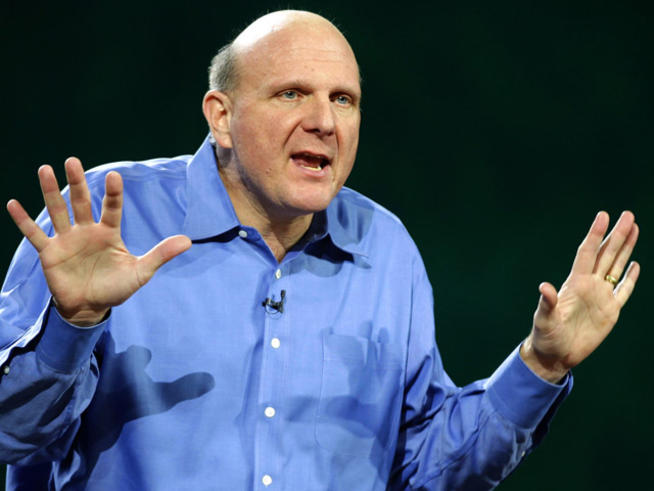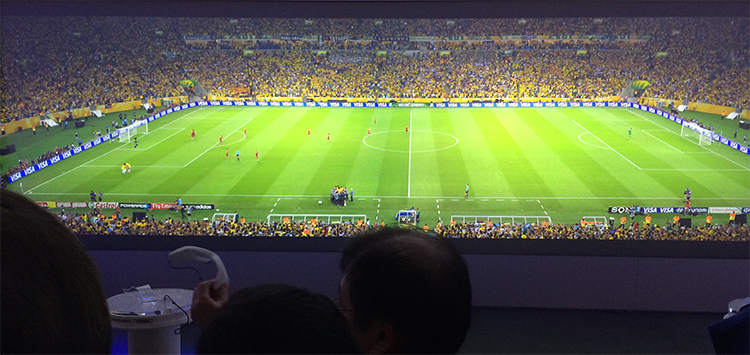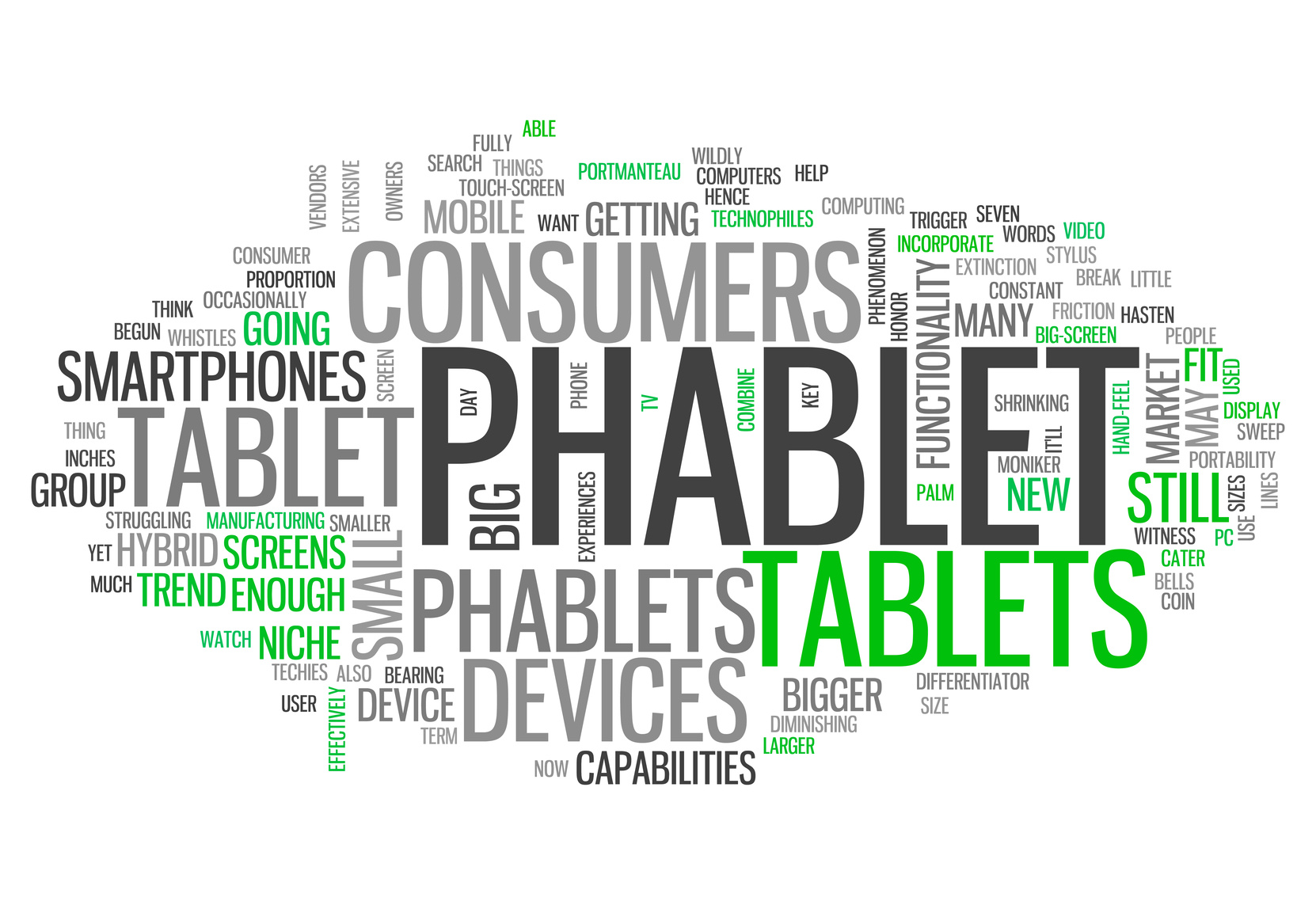Last week, Phil Schiller, Craig Federighi and Bud Tribble were interviewed as part of the Mac’s 30th anniversary. They — in no uncertain terms — slammed the door shut on the idea that Apple was planning on merging iOS (the operating system for their phones and tablets) with OS X (the operating system for their notebooks and desktops).
“We don’t waste time thinking, ‘But it should be one [interface]!’ How do you make these [operating systems] merge together?’ What a waste of energy that would be,” Schiller said.
“To say [OS X and iOS] should be the same, independent of their purpose? Let’s just converge, for the sake of convergence? [It’s] absolutely a nongoal,” Federighi said.
“And that”, I thought to myself, “finally puts an end to that discussion.”
Boy, was I wrong.
The Loyal Opposition
Brian S. Hall makes an impassioned case for operating system unification, right here at Tech.Pinions:
I want my various “computers”…to essentially operate as similarly as possible, preferably with a unified user interface and application set across all.
It’s troubling to me that the world’s biggest computer company (Apple) can’t seem to make this work. When I hear Apple execs mocking Microsoft’s UI strategy I think it’s an opportunity lost.
(I)t bothers me that it is Apple which seems so determined to accept multiple OSes across multiple form factors. Here’s a case, frankly, where I hope Microsoft wins.
Kyle Russell, of Business Insider, reviews the various operating system comments made by the Apple executives and comes to a similar conclusion, here:
As much as a well-executed touchscreen MacBook could make for an amazing device — maybe even “redefine laptop computing” — it seems that Apple doesn’t want people to get caught up on the idea, even if it is true.
(Emphasis added)
Do you fully grasp what both of these commentators are implying? It’s not, they contend, that Apple CANNOT create a unified operating system, it’s simply that Apple REFUSES to do so. If only Apple would not be so gol’ darn stubborn and get on the unified operating system bandwagon, Apple could not only make a device that would run on a unified operating system but they could make a unified device that would be totally AWESOME!
Bull hockey
[pullquote]A word to the wise is infuriating. ~ Unknown Source[/pullquote]
I VEHEMENTLY disagree. Operating system unification is not a “lost opportunity.” It’s not an “opportunity” at all. It’s a disaster because A TOUCH OPERATING SYSTEM IS WHOLLY INCOMPATIBLE WITH A DESKTOP OPERATING SYSTEM.
We have at least the courage of our convictions to say we don’t think this is part of what makes a great product; we’re going to leave it out. Some people are going to not like that… ~ Steve Jobs
The Interview
Metaphors Matter
“An incredible amount of thought and creativity went into the original Mac metaphor,” Tribble said.
A Tool Should Work The Way We Think, Not Make Us Think About The Way It Works
(T)he underlying principles behind them—that the Mac should be easily approachable and learnable by just looking at it, that it should bend to the will of the person and not bend the person’s will to the technology—those underlying threads also apply to our other products.
One Size Does Not Fit All
And I think what we are focused on is delivering the tailored, optimal experience for those kinds of ways that you work, without trying to take a one-size-fits-all solution to it.
No Touch Screens on Notebooks or Desktops
“It’s obvious and easy enough to slap a touchscreen on a piece of hardware, but is that a good experience?” Federighi said. “We believe, no.” ((Dr. Drang (@drdrang) has a thoughtful essay, here, on why touch screens WOULD work on notebooks and desktops. MY TAKE: This issue confused me for a while. It was clear to me that the input methods for notebooks and desktops were, and should remain, distinct from those of phones and tablets. On the other hand, it was also clear that phones and tablets were training us all to touch our computing screens. Ultimately, I concluded that metaphor mattered most. Using touch on a machine designed for a desktop metaphor only works SOME of the time and would ultimately cause confusion in the user’s mind. Better to make a clean break and have users to gestures on a touchpad, instead.))
The Personal Computer Has Been Honed To Work With A Keyboard And Mice; The Tablet Has Been Honed To Work With Your Finger
“This device,” Federighi said, pointing at a MacBook Air screen, “has been honed over 30 years to be optimal” for keyboards and mice. Schiller and Federighi both made clear that Apple believes that competitors who try to attach a touchscreen to a PC or a clamshell keyboard onto a tablet are barking up the wrong tree.
“The reason OS X has a different interface than iOS isn’t because one came after the other or because this one’s old and this one’s new,” Federighi said. Instead, it’s because using a mouse and keyboard just isn’t the same as tapping with your finger.”
The Metaphysics
Aristotle drew a distinction between essential and accidental properties. The way he put it is that essential properties are those without which a thing wouldn’t be what it is, and accidental properties are those that determine how a thing is, but not what it is.
Touch is ACCIDENTAL to a Personal Computer. It may enhance its usefulness but it doesn’t change the essence of what it is. Touch is ESSENTIAL to a Tablet. It’s the essence of what it is.
Pixel specific input is ANATHEMA to a Tablet. It destroys its very essence. A Touch device can literally not work with pixel sized input targets. But pixel specific input is ESSENTIAL to a Personal Computer. A Personal Computer can literally not operate without it.
A touch input metaphor and a pixel input metaphor not only should be, but MUST be, wholly different and wholly incompatible with one another. It’s not just that they do not comfortably co-exist within one form factor, it’s also that they do not comfortably co-exist within our minds eye.
In plain words, it’s no accident that the operating systems for tablets and notebooks are distinctly different from one another. On the contrary, their differences — their incompatibilities — are the essence of what makes them what they are.
Motorcycle-Motorcar ((Why Motorcar instead of car or automobile? Because I like alliteration, that’s why.)) Metaphor
A car and a motorcycle are both motor vehicles but they employ two very different user interfaces.
On a car:
— You use your left hand to steer;
— You use your right hand to shift gears; ((At least, you did before automatic transmissions came into vogue.))
— You use your right foot to accelerate and brake; and
— You use your left foot to keep time with the radio.
On a motorcycle:
— You use your left hand to work the clutch;
— You use your left foot to shift the gears;
— You use your right hand to work the front wheel brake; and
— You use your right foot to work the back wheel brake.
[pullquote]The mythical unified operating system is an insoluble problem, masquerading as a great good.[/pullquote]
You could put a hand brake on a car or a steering wheel on a motorcycle or a foot clutch on a car or a stick shift on a motorcycle — but none of those additions would make much sense. All would be confusing and most would be dangerous as all get out.
Unifying the features of a motorcycle and a car or a tablet and a desktop is not the goal. User understanding and usability IS the goal.
The Theory In Practice
That’s the theory. So what’s the reality?
Experience without theory is blind, but theory without experience is mere intellectual play. ~ Kant
The Tablet — Sans Desktop Interface — Is A Runaway Success
The iPad — and all the derivative tablets within the Android operating system — have only one operating system and only one input (touch) and they are fantastically successful.
By the end of 2014 the install base of tablets will be just over half that of PCs. ~ Ben Bajarin (@BenBajarin)
Take a deep breath and re-read that again. It only took FOUR YEARS for install base of tablets to reach half of that of Personal Computers!

If the tablet is only half-a loaf — if the unified operating system is the Holy Grail of computing — then why has the tablet been SO successful and why has Microsoft’s 2-in-1 effort been such an abject failure?
The failure of Apple critics is not that they don’t understand that Apple’s iPad/iPhone are selling. It is that they don’t understand why. ~ Ben Bajarin (@BenBajarin)
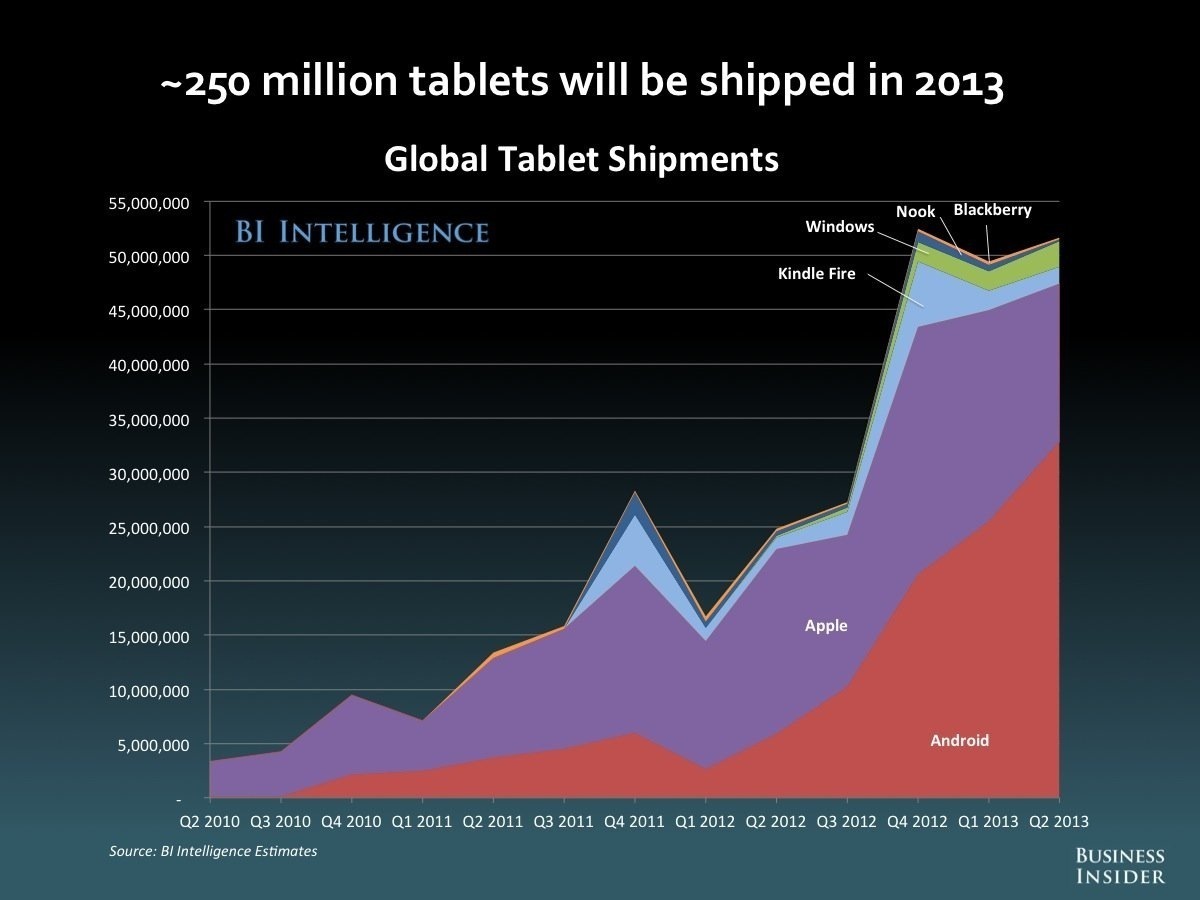
The Surface 2-In-1 Approach Is A Train Wreck
Design makes what is complex feel simpler, and makes what is simpler feel richer.
[pullquote]Microsoft’s Windows 8 operating system is as pure as the driven slush.[/pullquote]
Ask yourself this question: “Is Windows 8’s 2-in-1 user interface simpler?” Heck no, Why, Microsoft can’t even get their own flagship apps to work well on Windows 8.
I’m really not sure that there’s a worse app to use with Windows 8 tablets than Outlook. The idea that MS thinks this is acceptable is crazy. ~ Ian Betteridge (@ianbetteridge)
When Steve Jobs introduced the iPad in 2010, he asked “Is there room for a third category of device (between the phone and the notebook)?” Now Microsoft is trying to introduce yet another category between the tablet and the notebook. If it is to succeed, then it must pass the same litmus test that Steve Jobs proposed for the iPad:
The bar’s pretty high. In order to really create a new category of devices, those devices are going to have to be far better at doing some key tasks. Better than a laptop. Better than a smartphone. (Author’s note: And better than a tablet.)
[pullquote]You can’t sit on two horses with one behind. ~ Yiddish proverb[/pullquote]
Now let me ask you this: What tasks is the Surface FAR better at?
The Surface, which is the embodiment of combining two operating systems into one, has failed and failed miserably.
Conclusion
It turns out that Apple had long-ago asked — and long-ago definitively answered — the question of whether they would be combining a tablet with a notebook. And that answer was “Yes”:
QUESTION: “What would happen if a MacBook met an iPad?”
ANSWER: The MacBook Air. ((New MacBook Air announcement))
[pullquote]Microsofts strategy and products will appeal to millions while Google and Apple’s will appeal to billions. ~ Ben Bajarin (@BenBajarin)[/pullquote]
Tablet and notebook interfaces are not combining because it simply won’t work. Great products are not defined by the absence of weakness, but rather, by the presence of clear strengths.
In 2007, when the iPhone was introduced, Steve Jobs famously said:
(A)re you getting it? These are not three separate devices, this is one device, and we are calling it iPhone.
When it comes to phones, tablets and notebook/desktops, we can reverse that and paraphrase Steve Jobs by saying:
Are you getting it? This is not one device. These are three separate devices, and we’re calling them the smartphone, tablet and notebook/desktop.
Phil Schiller put it this way:
“It’s not an either/or,” Schiller said. “It’s a world where you’re going to have a phone, a tablet, a computer, you don’t have to choose. And so what’s more important is how you seamlessly move between them all…. It’s not like this is a laptop person and that’s a tablet person. It doesn’t have to be that way.”
Postmortem
Wise men profit more from fools than fools from wise men; for the wise men shun the mistakes of fools, but fools do not imitate the successes of the wise. ~ Cato the Elder
[pullquote]It is hard to get to the summit, harder to stay on it, but hardest to come down. ~ Aleksander Fredro[/pullquote]
Apple showed Microsoft the way to do tablets right, but Microsoft refused to follow Apple’s example because they knew that it would mean the end of their existing Window’s monopoly.
Many are stubborn in pursuit of the path they have chosen, few in pursuit of the goal. ~ Friedrich Nietzsche
Microsoft thinks they’re in the Windows business. They’ve forgotten their mission, their purpose. They’ve forgotten that they’re in the computing business.
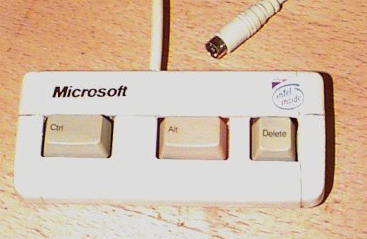 Microsoft should Control-Alt-Delete their attempts at a unified operating system, but I don’t think there’s any chance that that will happen. Based on the statements coming out of Redmond, Microsoft is doubling-down on their current strategy which, in my opinion, is a tragic mistake. Besides, asking Microsoft to fix what’s wrong with Windows 8 is like making them the detective in a crime movie where they’re also the murderer.
Microsoft should Control-Alt-Delete their attempts at a unified operating system, but I don’t think there’s any chance that that will happen. Based on the statements coming out of Redmond, Microsoft is doubling-down on their current strategy which, in my opinion, is a tragic mistake. Besides, asking Microsoft to fix what’s wrong with Windows 8 is like making them the detective in a crime movie where they’re also the murderer.
Yogi Berra once famously said:
It’s not over until it’s over.
It’s over.
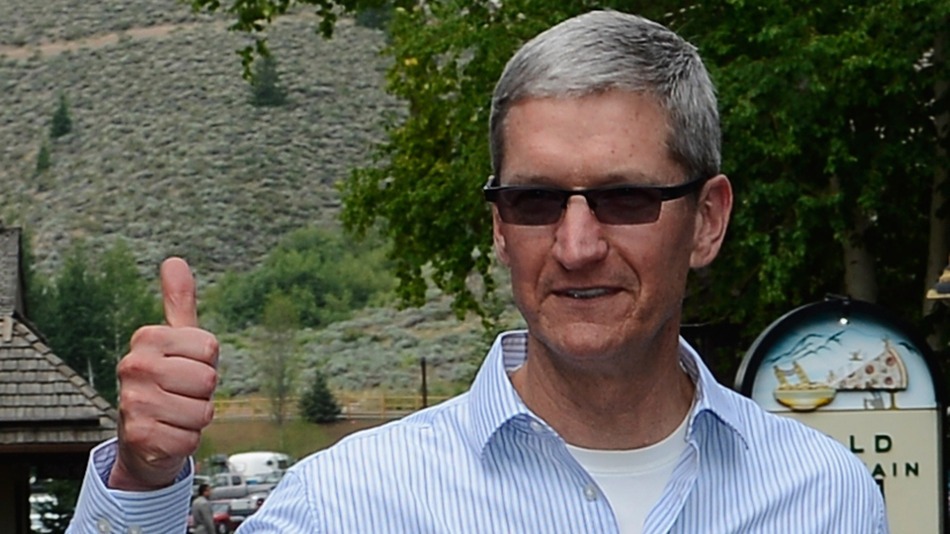

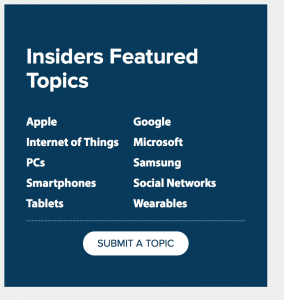

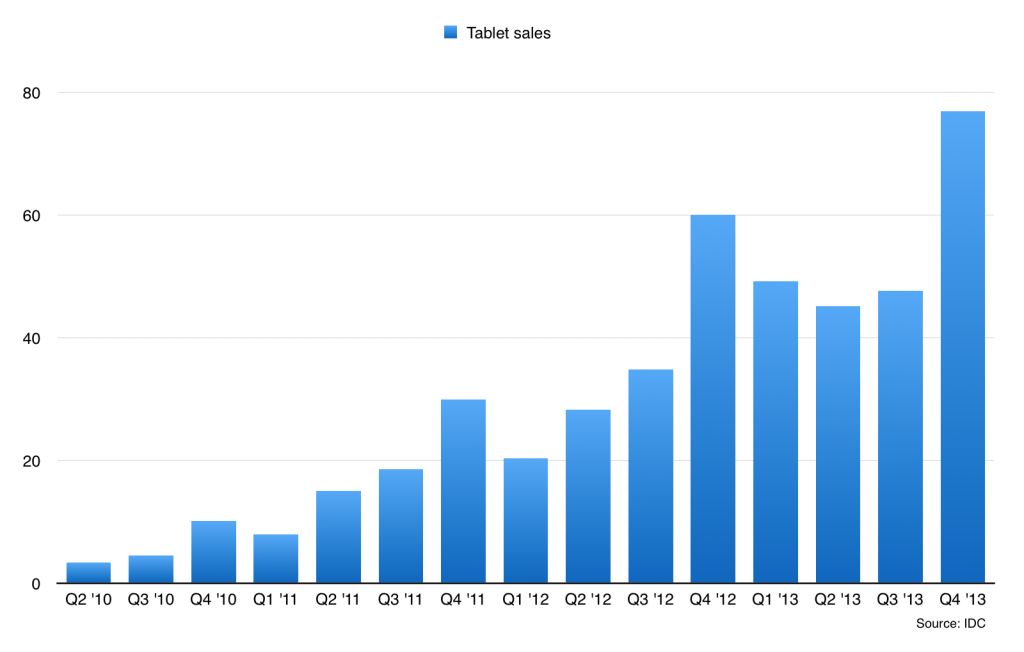
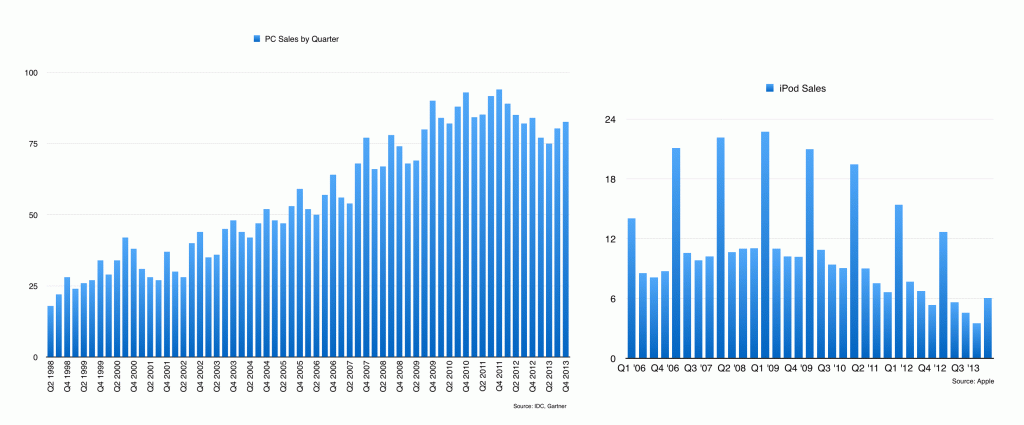


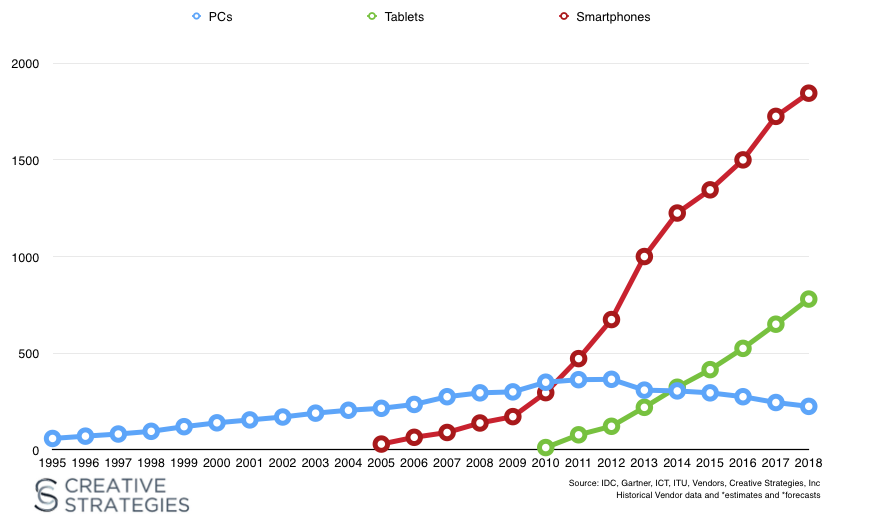
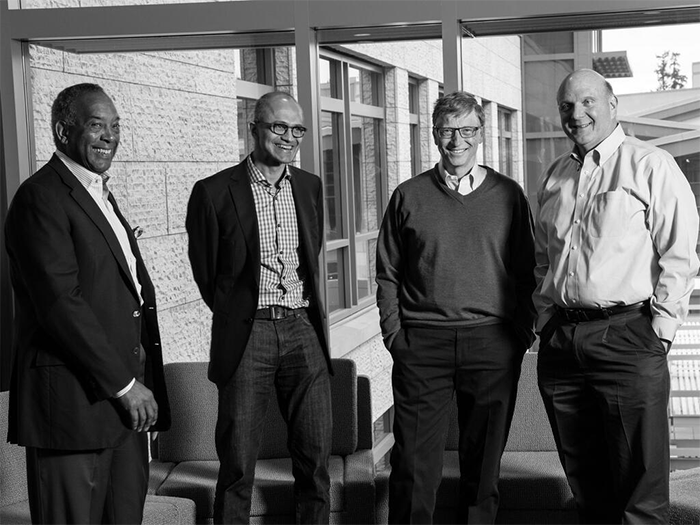


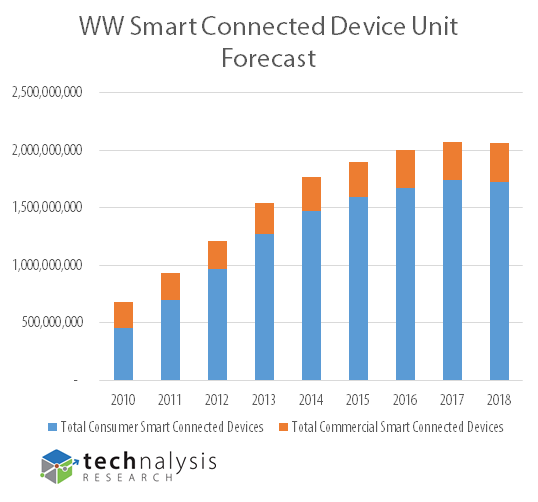

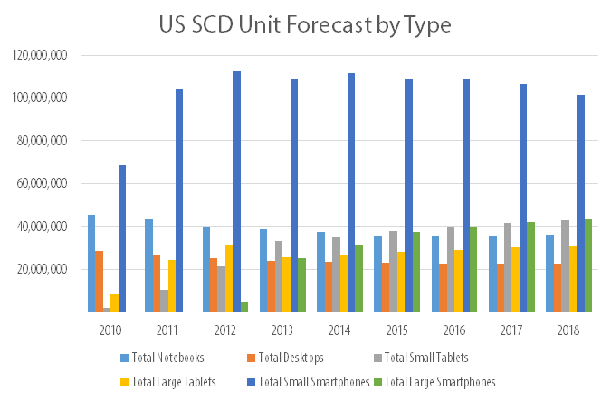






 Microsoft should Control-Alt-Delete their attempts at a unified operating system, but I don’t think there’s any chance that that will happen. Based on the statements coming out of Redmond, Microsoft is doubling-down on their current strategy which, in my opinion, is a tragic mistake. Besides, asking Microsoft to fix what’s wrong with Windows 8 is like making them the detective in a crime movie where they’re also the murderer.
Microsoft should Control-Alt-Delete their attempts at a unified operating system, but I don’t think there’s any chance that that will happen. Based on the statements coming out of Redmond, Microsoft is doubling-down on their current strategy which, in my opinion, is a tragic mistake. Besides, asking Microsoft to fix what’s wrong with Windows 8 is like making them the detective in a crime movie where they’re also the murderer.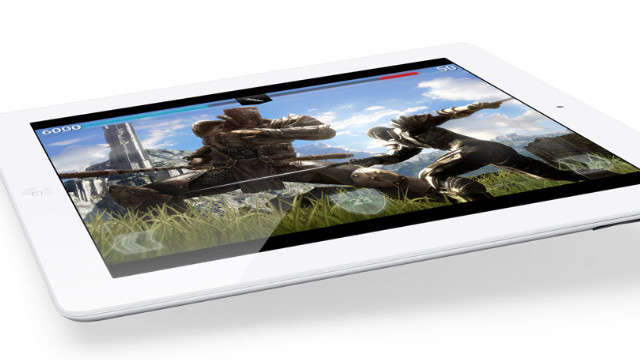
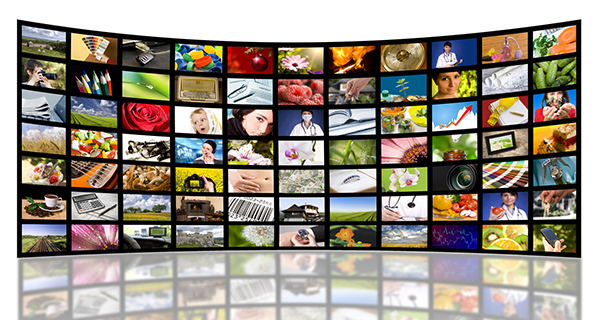

 The real issue in the case is that Aereo (and competitors using similar technology) do not pay broadcasters to retransmit over-the-air content. These rapidly growing fees, estimated at $3.3 billion this year by SNL Kagan, are negotiated between broadcasters and cable operators and have become a a major source of revenue to broadcasters.
The real issue in the case is that Aereo (and competitors using similar technology) do not pay broadcasters to retransmit over-the-air content. These rapidly growing fees, estimated at $3.3 billion this year by SNL Kagan, are negotiated between broadcasters and cable operators and have become a a major source of revenue to broadcasters.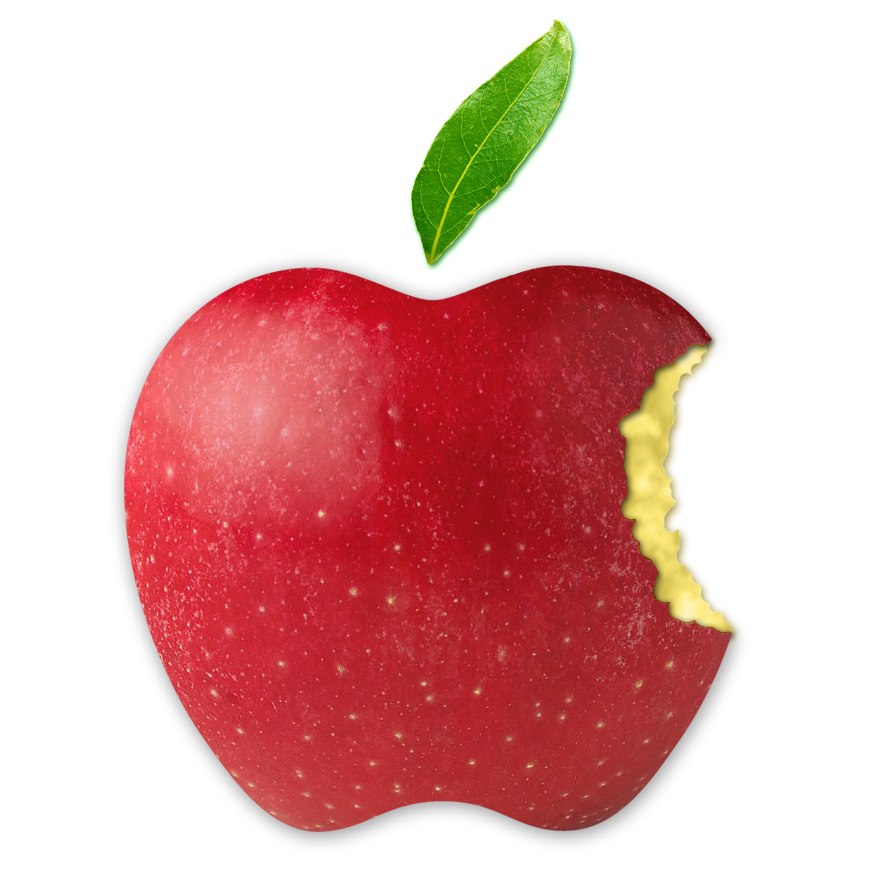
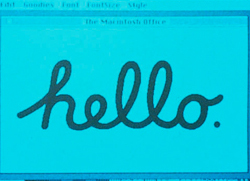
 I want my various “computers” — defined here as at least my smartphone, tablet, desktop, laptop, wearable watch, television and even car dashboard — to essentially operate as similarly as possible, preferably with a
I want my various “computers” — defined here as at least my smartphone, tablet, desktop, laptop, wearable watch, television and even car dashboard — to essentially operate as similarly as possible, preferably with a 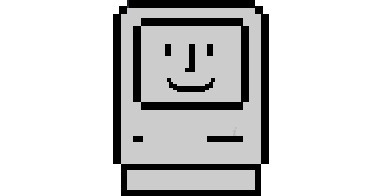
 Ben Bajarin
Ben Bajarin 
 And if the Mac crashed, as happened not infrequently in those days, you would get the dread system bomb. This was the Mac at its most DOS-ish. The Resume button, like the Continue button on early Windows error messages, did nothing useful, even when it wasn’t greyed out. And the ID number, more often than not negative, provided no useful information, at least not to ordinary mortals. But, at least, there was always that whimsical bomb.
And if the Mac crashed, as happened not infrequently in those days, you would get the dread system bomb. This was the Mac at its most DOS-ish. The Resume button, like the Continue button on early Windows error messages, did nothing useful, even when it wasn’t greyed out. And the ID number, more often than not negative, provided no useful information, at least not to ordinary mortals. But, at least, there was always that whimsical bomb.
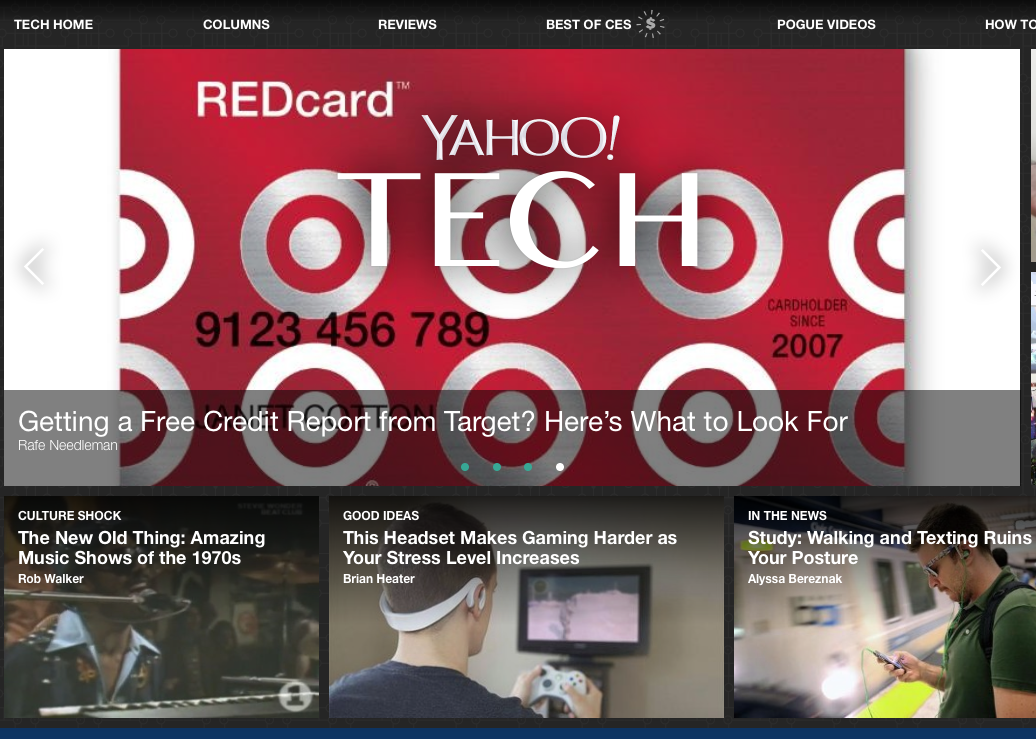
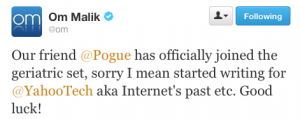
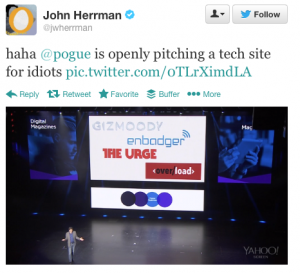


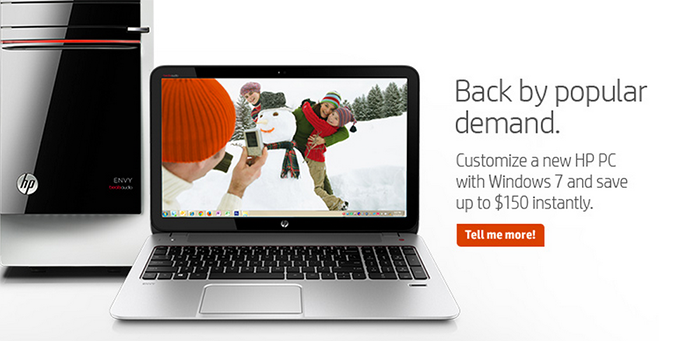
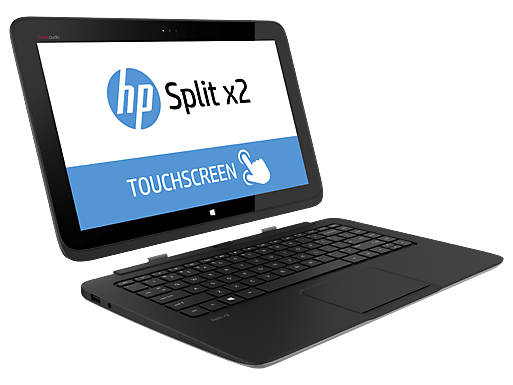

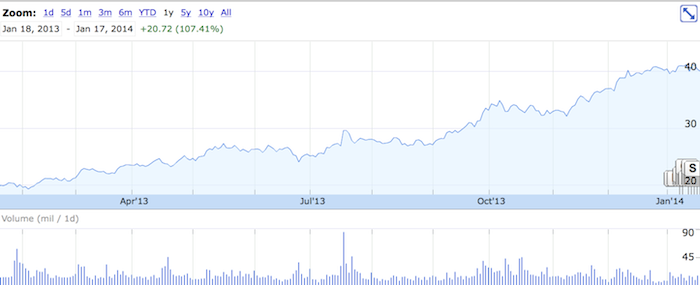


 This jet plane user interface is an example of a VERY bad metaphor because there is virtually no metaphor at all. The light switch and the radio switch and the ejection seat switch are exactly the SAME and are located inappropriately close to one another which is exactly the OPPOSITE of what one wants a metaphor to convey. One tiny mistake or slip of the hand and — whoosh!
This jet plane user interface is an example of a VERY bad metaphor because there is virtually no metaphor at all. The light switch and the radio switch and the ejection seat switch are exactly the SAME and are located inappropriately close to one another which is exactly the OPPOSITE of what one wants a metaphor to convey. One tiny mistake or slip of the hand and — whoosh!
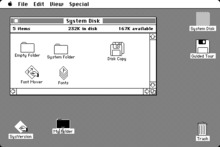 The computing metaphor that emerged from the 70’s and 80’s was the desktop metaphor
The computing metaphor that emerged from the 70’s and 80’s was the desktop metaphor


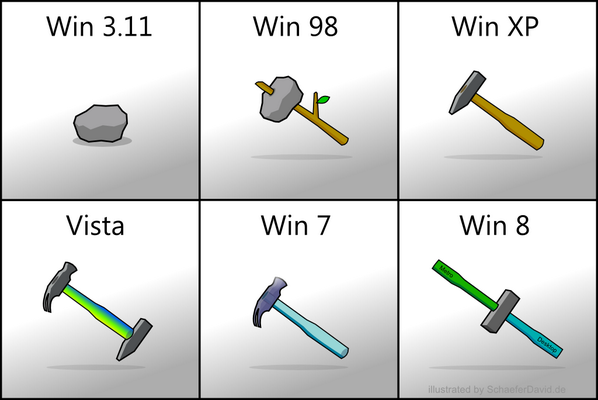
 My advice is to focus on the metaphor first. If the metaphor is not intuitive to a 6 year old – or a grandmother — or even a gorilla, it may be too complex.
My advice is to focus on the metaphor first. If the metaphor is not intuitive to a 6 year old – or a grandmother — or even a gorilla, it may be too complex.